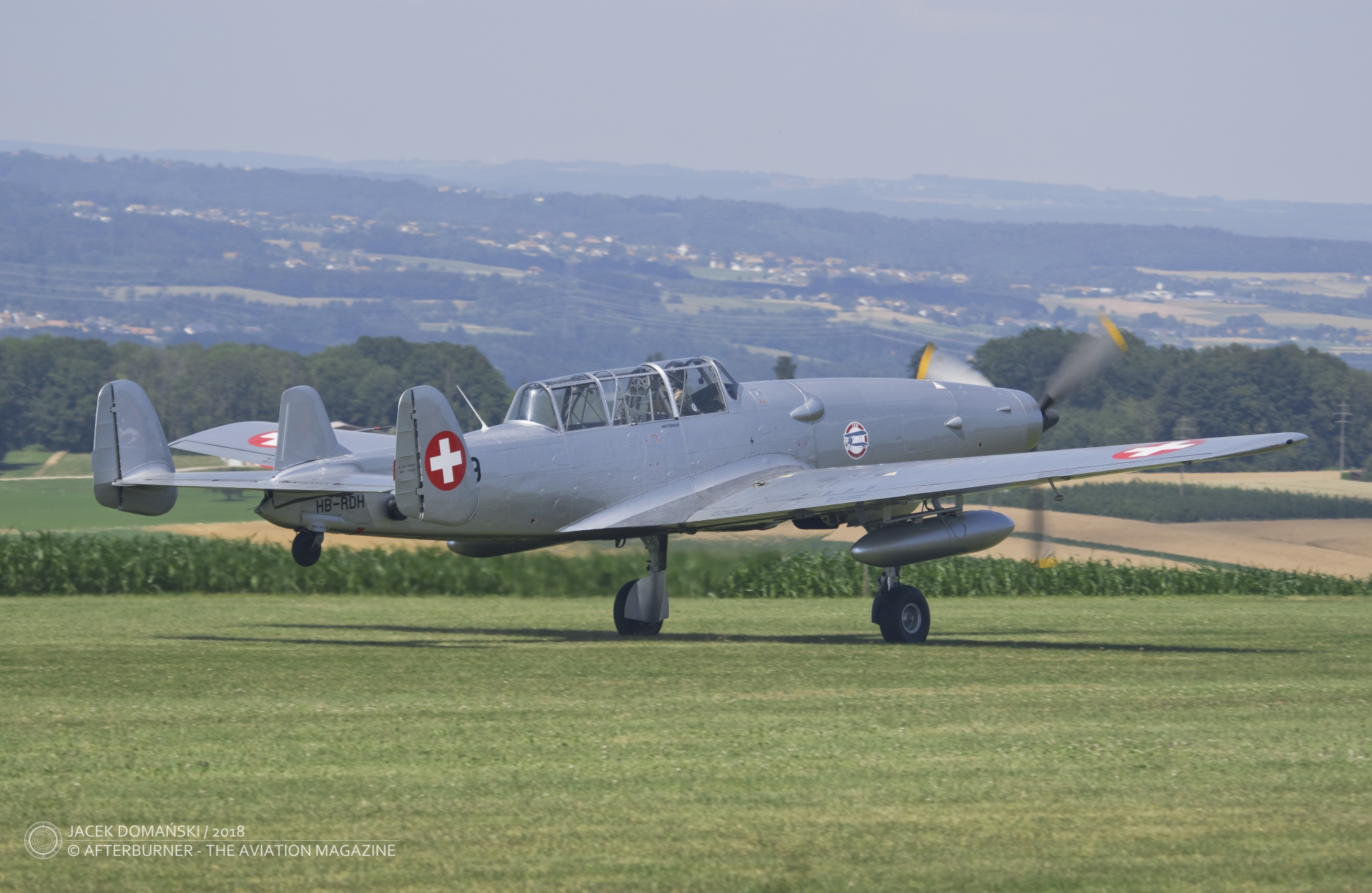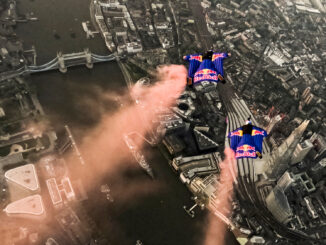 Bell AH-1Z Viper (c/n ?, ´0486´ of the Czech Air Force), flying display during open doors day at 22nd Helicopter Air Base in Náměšt nad Oslavou, May 2024.
Bell AH-1Z Viper (c/n ?, ´0486´ of the Czech Air Force), flying display during open doors day at 22nd Helicopter Air Base in Náměšt nad Oslavou, May 2024.
The AH-1Z Viper is a twin-engine attack helicopter from the Bell-developed family of Huey rotorcraft. History of that helicopter family goes back to the early 1950s and creation of Bell UH-1 Iroquis. In 1959, that utility military helicopter began its service with the US armed forces. A few years later, the UH-1 was used in combat during the Vietnam War, soon became the US Army´s workhorse and then the iconic aircraft of that conflict. Commonly known as Huey, the UH-1 was manufactured in more than 16,000 examples and became one of the most popular light military helicopters in the world.
In 1965, the Bell company introduced an attack helicopter based on the UH-1 design. Officially designated AH-1 Cobra, but also known as Huey Cobra or Snake, the rotorcraft shared engine, transmission and rotor system of the UH-1. However, it featured a new, narrow fuselage and armoured cockpit with tandem-configurated seats for pilot and gunner.
Two years after its first flight, the AH-1 was introduced into operational service with the US Army. The helicopter was also acquired by approximately ten other armed forces from all over the world.
In the late 1960s, the Bell company successfully developed a twin-engine variant of the gunship, designated AH-1 SuperCobra. That rotorcraft entered service in 1971, with the US Marine Corps (USMC) as its primary user. In addition, the SuperCobra was acquired by Iran, South Korea, Taiwan and Turkey.
In the mid-1990s, the USMC launched an upgrade programme for its AH-1W SuperCobra and UH-1N Twin Huey fleet. The works were carried out by Bell and led to development of two new rotorcraft – the AH-1Z Viper and the UH-1Y Venom.
Although sharing the same general design of the SuperCobra, the new USMC attack helicopter was equipped with completely new rotor technology, as well as underwent a thorough modernization, combined with replacement of its avionics, weapon systems and electronic equipment. In addition, the airframe was modified to provide maximum crashworthiness and enhance the survivability of the rotorcraft in combat environment.
On 15th October 2005, the USMC received its first AH-1Z and in 2010, the rotorcraft achieved combat readiness status, fully replacing the AH-1W in operational service.
The AH-1Z modernization was tailored for the USMC and the Marines continues to be the largest user of the Viper, with 189 examples ordered until now. Nevertheless, the rotorcraft has aroused interest of other countries, as a modern and cost-effective alternative to AH-64 Apache.
In 2018, twelve Vipers were ordered by Bahrain. Next year, the AH-1Z and UH-1Y were purchased by the Czech Republic. Among potential future customers, Nigeria, Romania, Thailand and Slovakia were also mentioned, of which, only Nigeria decided to buy the Viper thus far.
Since the mid-2010s, the Czech Republic was looking for possible replacement for the country´s Mi-24V fleet. It was a long process, not devoid of political tensions. Eventually, in August of 2019, the Czech Ministry of Defence officially announced the purchase of four AH-1Z and eight UH-1Y rotorcraft.
In 2022, the acquirement was enhanced with eight more rotorcraft (two Vipers and six Venoms) that were offered to the Czech Republic for free, in compensation for the country´s involvement in military help to Ukraine. The helicopters of that second batch are going to be delivered from the existing USMC stock and the Czech Air Force will cover only cost of their modernization to the Viper and Venom standards.
On 26th July 2023, the first two Vipers were delivered to the 22nd Helicopter Air Base (22. základna vrtulníkového letectva) in Náměšt nad Oslavou. One of them was the AH-1Z ´0486´, presented in our current Photo of the Week.
On 1st May 2024, the 22nd Helicopter Air Base organized the open doors day that was the first public presentation of the AH-1Z and UH-1Y helicopters at their home base. During the event, the Viper and Venom duo was not only shown on a static display but also performed two interesting and very dynamic flying displays.



